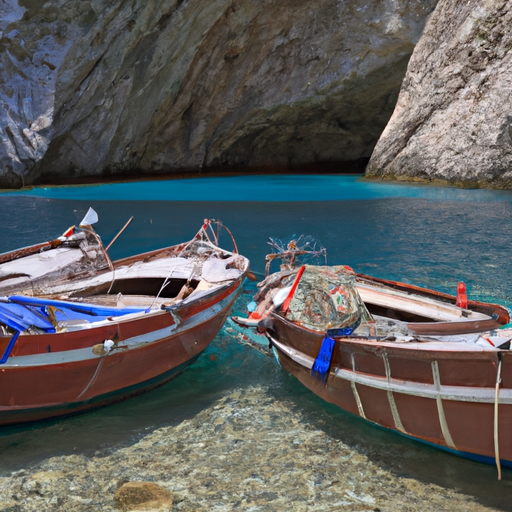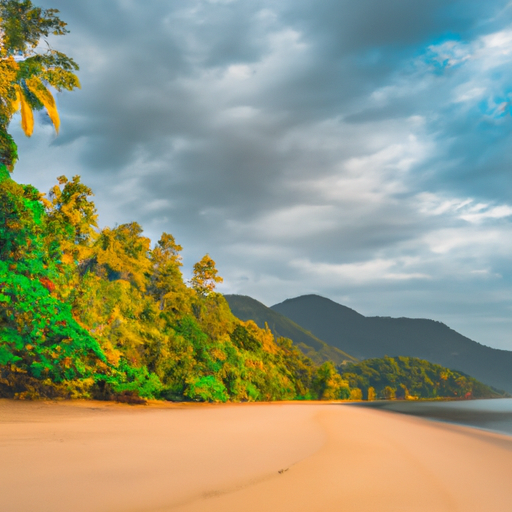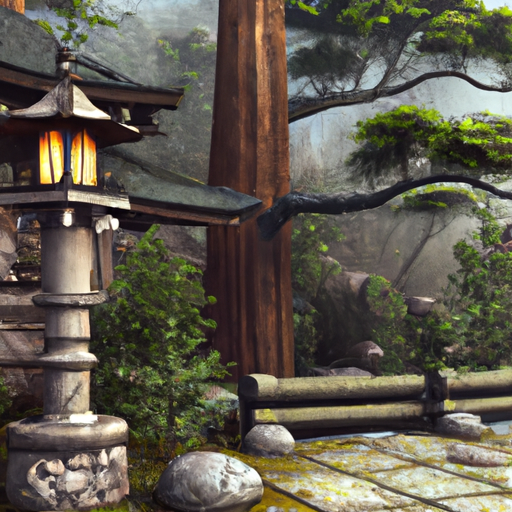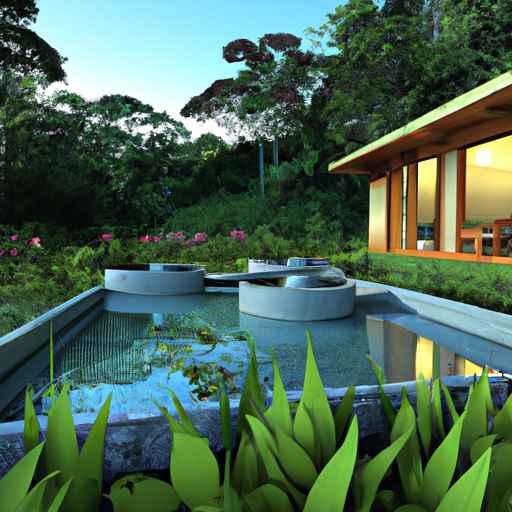Discover hidden island gems across Southeast Asia that remain wonderfully untouched by mass tourism. From pristine beaches in Myanmar's Mergui Archipelago to Vietnam's Con Dao Islands, these destinations offer authentic experiences away from the crowds. Journey through these lesser-known paradises where traditional life still thrives alongside stunning natural beauty.

In an era where overtourism threatens many of Southeast Asia's most celebrated destinations, a handful of spectacular island sanctuaries remain delightfully under the radar. These hidden pearls of the region offer intrepid travelers the increasingly rare opportunity to experience pristine nature, authentic local culture, and the kind of solitude that has become almost extinct in more popular destinations.
The Mergui Archipelago in Myanmar's far south represents one of Southeast Asia's last true frontiers. Comprising over 800 islands, most of which are completely uninhabited, this stunning archipelago has only recently opened to international visitors. The indigenous Moken people, often referred to as 'sea gypsies,' still maintain their traditional way of life here, living on wooden boats and practicing their ancient fishing techniques. The islands themselves are a naturalist's dream, with dense jungle interiors home to diverse wildlife, including hornbills, monkeys, and countless species of tropical birds.
Lampi Island, the archipelago's heart, showcases some of the region's most pristine coral reefs. Snorkelers and divers can explore vibrant underwater gardens teeming with marine life, from graceful reef sharks to technicolor parrotfish. The absence of mass tourism has preserved these ecosystems in near-perfect condition, offering a glimpse of how tropical reefs appeared decades ago before human impact took its toll.
Further east, Vietnam's Con Dao Islands present another compelling case for venturing off the beaten path. Once home to a notorious prison during French colonial times, these 16 islands have transformed into a sanctuary for both wildlife and peace-seeking travelers. Con Son, the largest island, combines historical sites with stunning natural beauty. Its rugged coastline alternates between rocky cliffs and powder-soft beaches, while its interior harbors some of Vietnam's last remaining primary forests.
The waters around Con Dao provide crucial nesting grounds for endangered green turtles, and between May and October, visitors can participate in turtle conservation efforts. Local rangers lead nighttime excursions to watch mother turtles laying eggs or to help release hatchlings into the sea. These intimate encounters with nature remain possible precisely because Con Dao has avoided the overdevelopment that plagues many Vietnamese coastal areas.
Indonesia's Banda Islands, once the world's only source of nutmeg, offer perhaps the most compelling blend of history and pristine nature. These ten tiny islands in the Banda Sea played a pivotal role in colonial history, yet today they receive only a fraction of the visitors that flock to better-known Indonesian destinations. The waters surrounding the Bandas offer world-class diving, with chances to see hammerhead sharks, enormous schools of fish, and perfectly preserved coral gardens.
The main island, Banda Neira, feels frozen in time. Dutch colonial architecture stands alongside traditional Indonesian houses, while the active Gunung Api volcano provides a dramatic backdrop. Local guides can lead visitors through nutmeg groves that have remained essentially unchanged for centuries, explaining traditional harvesting methods still in use today.
Cambodia's Koh Rong Archipelago presents yet another face of hidden Southeast Asia. While Koh Rong itself has begun to attract more visitors, its smaller siblings remain wonderfully undeveloped. Koh Rong Samloem, in particular, offers a perfect balance of basic infrastructure and pristine nature. The island's western side features some of Cambodia's last truly undeveloped beaches, where bioluminescent plankton creates magical nighttime displays in the warm waters.
These destinations share common threads that make them special: limited accessibility, basic but comfortable accommodations, and a commitment to sustainable tourism that prioritizes environmental and cultural preservation. However, visiting requires careful planning and a willingness to embrace local conditions. Transportation can be irregular, WiFi might be nonexistent, and luxury amenities are few and far between.
Yet for those willing to trade convenience for authenticity, these islands offer rewards that far outweigh any temporary discomfort. Here, you can still experience the Southeast Asia of decades past, where local life moves at its own pace and nature exists in something close to its original state. As development inevitably creeps forward, these precious places serve as reminders of what mass tourism stands to lose - and what thoughtful, sustainable tourism might help preserve.
For travelers seeking to explore these hidden gems, timing is crucial. Many islands have distinct wet and dry seasons, and some are completely inaccessible during monsoon periods. Working with local guides and operators not only ensures a smoother journey but also helps support community-based tourism initiatives that benefit local populations while protecting natural resources.



